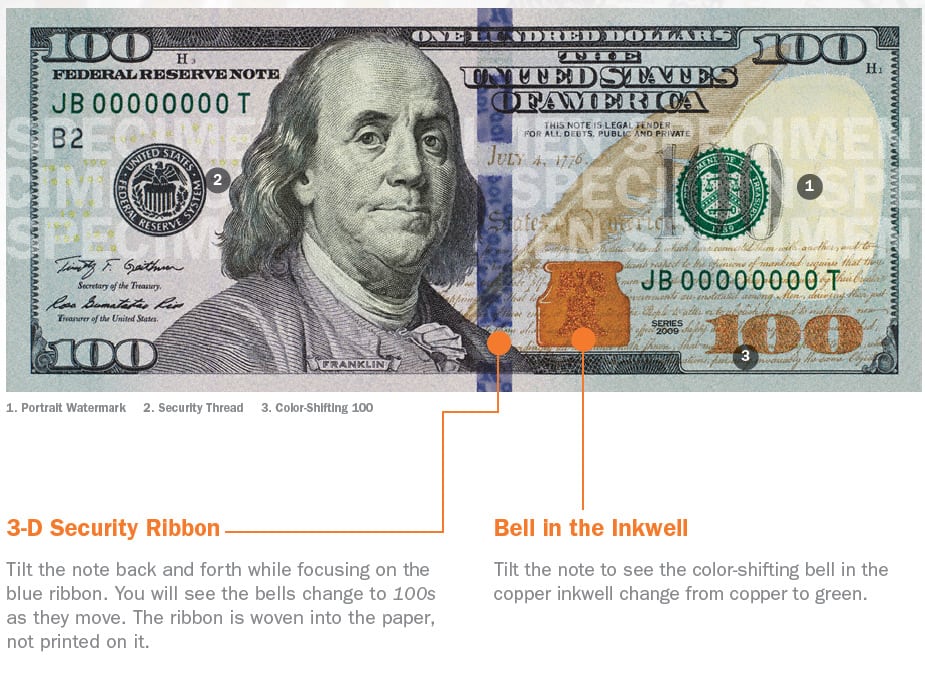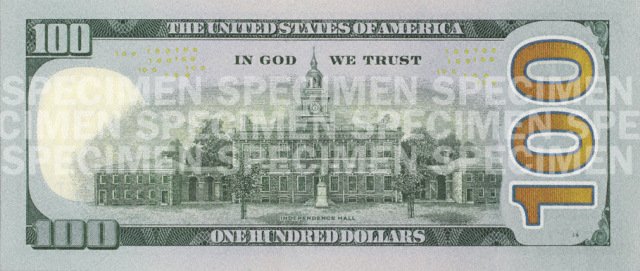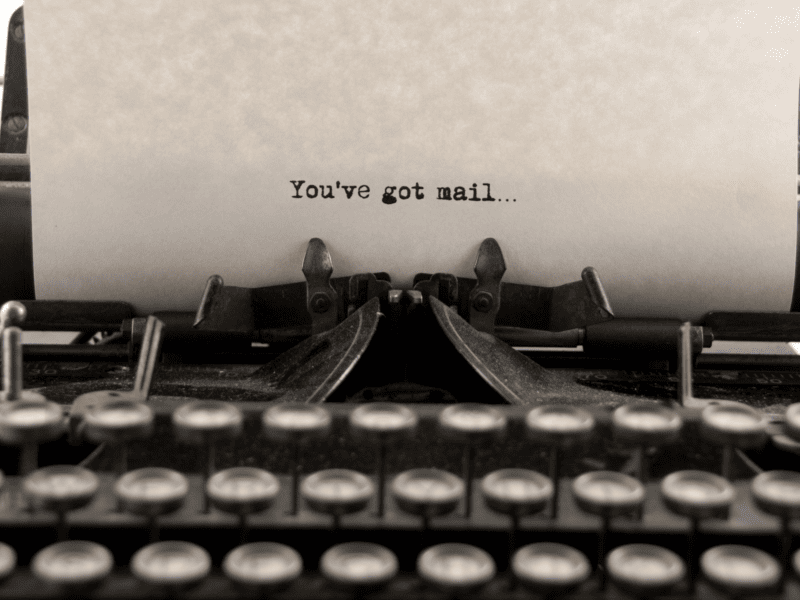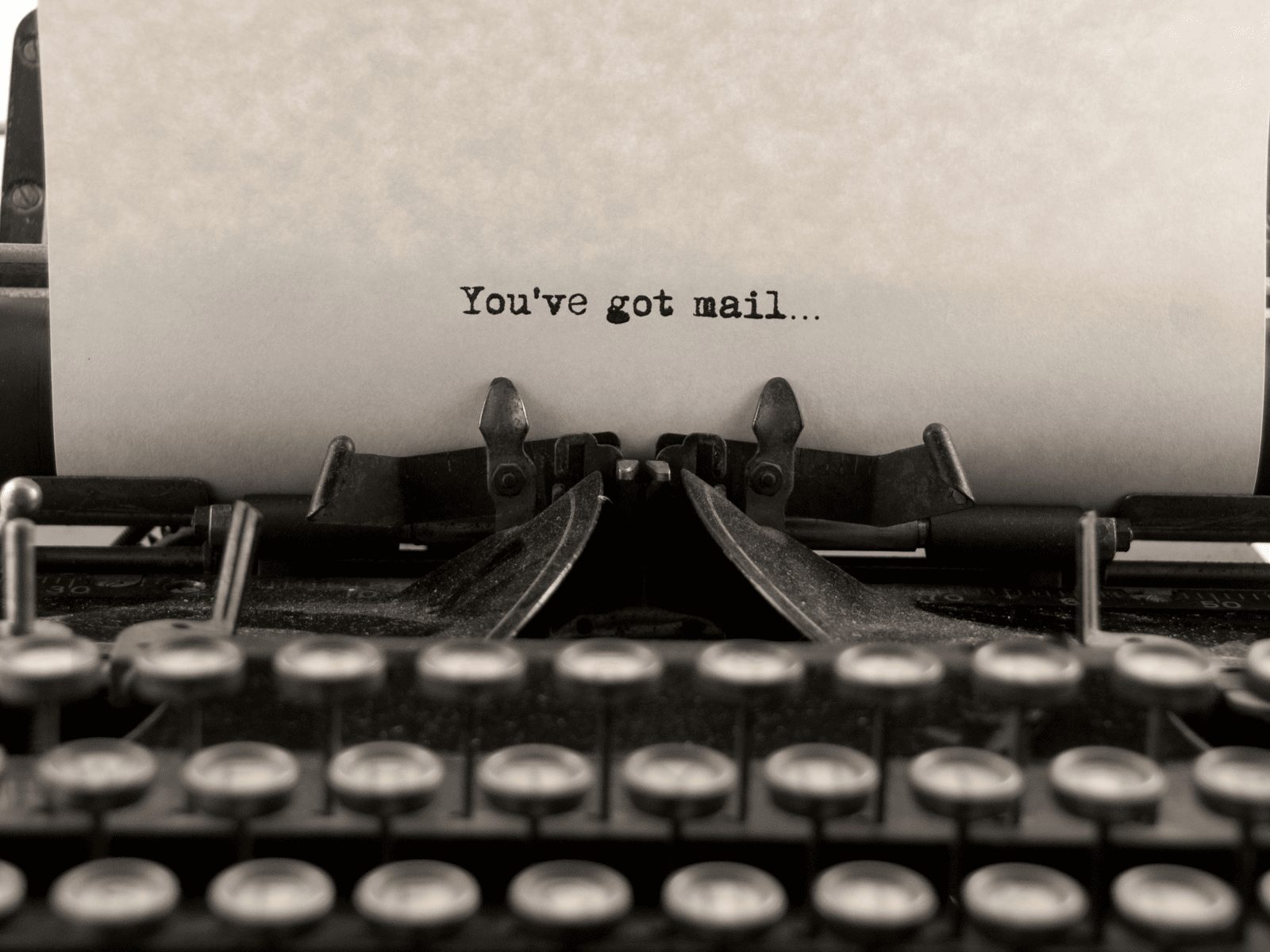Is there an easy way for a regular person to find out if $100 bills (and $50s and $20s) are legit, without one of those special pen things?
Is that hundred-dollar bill real or fake?
Now, there are numerous ways to tell a fake $100 bill without one of those “special pen things,” but I’m going to be “that guy” for a minute and point out that they are only about $5 on Amazon.com.
If you’re planning on having a yard sale or a bunch of stuff online (two very common scenarios for counterfeiters to try to pass fake cash) one of those pens is is a very, very cheap form of insurance.
Yes, they have their faults. If a bill has been through the wash, it may give a false negative, and very sophisticated fakes might still fool them.
So what can you do when someone asks you to make change for a hundred, or someone from Craigslist who’s buying your old sofa wants to pay with big bills?
The good news is that some observational skills, knowledge, and a bit of common sense will allow you to pick out most of the copycat cash.
Funny money? Check your bills
Here’s a partial list of steps you can take:
Feel the texture of the bill. Take a minute and rub the paper between your hands. You may not handle as much cash as a bank teller does, but you’ve probably handled enough to pick out a poor fake.
Genuine US cash has a slightly raised ink, and you should be able to feel this by running your fingertips over it, especially if it’s a new(er) bill.
Compare it with another of the same denomination.
Just got a $20 back and you’re not sure about it? Pull another $20 out of your wallet and look at them both side by side. Since everything but $1 and $2 bills have been redesigned at least once in the last 20 years, this works best with a bill of the same series.
Check out the printing quality.
Real cash is printed with techniques that most counterfeiters are unable to duplicate. A good area to look at is the portrait. Are the lines sharp and distinct? Or do the fine details blur together and appear unsharp?
Pay attention to the serial numbers.
Do the numbers match? Are the numbers perfectly spaced and aligned, or are they a little wiggly? Those are two sure signs of a fake.
Also, if you got more than one of a denomination that you’re suspicious about, check to see: are the numbers the same on both bills? Every single bill has a unique serial number.
Here are a few of the security features to look for on real $100 bills
Look at the images below to see examples of these counterfeiting-busters the United States puts on the currency.
Security thread: On all genuine bills larger than $2, hold the bill up to the light and look for the security thread (a plastic strip running from top to bottom, embedded in the paper).
The thread is visible only when held to light, and glows when held up to ultraviolet (UV) light. Also note that it is in a different location on each denomination, so be sure to compare it to another bill to see if it’s been bleached and reprinted.
Color-changing ink: All bills $10 and larger have color-shifting ink that shifts from copper to green as the note is tilted 45 degrees.
3-D security ribbon: The most recent $100 bill has a blue ribbon woven into the paper. When you tilt the note back and forth, the bells and “100”s move side to side, and if you tilt it side to side, they move up and down instead.
Watermark: The $100 bills have a watermark that is visible from either side when held to the light.
Where to find out more about counterfeit money
These are only a small handful of ways you can determine the legitimacy of a bill, so I strongly encourage you to visit the United States Secret Service “Know Your Money” page for a full and current rundown on all US currency security features.
So the good news: With some caution, observation, and basic knowledge, you should be able to spot all but the most sophisticated fakes.
If you’re still unsure, you can simply do what thousands of small businesses do: Refuse to accept hundred-dollar bills. Of course, if you’re selling something, tell your buyer in advance so you don’t waste their time — and yours.
What to do if you think you have a fake $100 bill
The US Department of the Treasury offers these tips with what they suggest you do if you suspect you have been passed a counterfeit bill:
1. Do not put yourself in danger. [In other words, don’t confront anyone who gives you what you think is a fake $100 bill — a person they refer to below as the “passer.”]
2. Do not return the bill to the passer.
3. Delay the passer with some excuse, if possible. [This is presumably what you do so you can call the police.]
4. Observe the person who gave you the fake bill (and anyone with them) so you can describe them later. If you can, write down their vehicle license plate number.
5. Contact your local police department OR call your nearest US Department of the Treasury field office.
6. Write your initials and date in the white border area of the suspected counterfeit note.
7. DO NOT handle the counterfeit note. Place it inside a protective cover, a plastic bag, or an envelope to protect it until you place it in the hands of an IDENTIFIED Secret Service Agent.
8. Surrender the note or coin ONLY to a properly identified police officer or a Secret Service Special Agent, or mail it to your nearest U.S. Secret Service field office.
The Treasury also notes that there’s no reward — or reimbursement — when you turn in a fake $100 bill (or any non-legit currency), and adds, “but it is doing the ‘right thing’ to help combat counterfeiting.”













